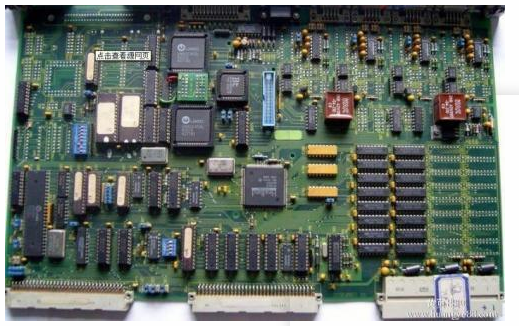PCB circuit board level simulation is no longer an option but an inevitable way for most designs today.
Board-level simulation is no longer an option but an inevitable way for most designs today. The EDA industry is a key contributor to the rapid development of the global electronics industry. Its market size is as high as 1 trillion US dollars. Most of the sales are monopolized by several large companies (measured by the standards of the EDA market), and the tools sold are mainly at the forefront. Simulation and integrated circuit chip (ASIC, SOC, etc.) design.
However, most electronic design engineers only design printed circuit boards, not integrated circuits. The sales volume of EDA tool software for PCB design only accounts for a small part of the entire EDA sales. The reason for this contrast is that many circuit board design engineers do not accept simulation tools, even though IC engineers regard simulation as a basic step in the design process. This article analyzes the reasons for this difference, and introduces the reasons for the rapid development of EDA tools and the areas that engineers should pay attention to.
Reasons for evading circuit board design simulation

There are three main reasons why simulation is not popular in circuit board design: complex use, lack of simulation models, and high cost. First of all, so far, the use of PCB simulation software is still quite complicated, so the concept of "simulation is too complicated" has been formed among circuit board design engineers. Secondly, simulation models of many circuits cannot be found, so it is almost impossible to simulate a complete circuit. For example, if there are 200 components on the PCB, of which 193 components can be simulated, but the remaining 7 key components cannot be simulated, then imitation: What's the point? More importantly, the price of simulation software is usually very expensive.
Printed circuit board design review
In the past, PCB performance had to be evaluated using a series of instruments to test a prototype circuit board (usually close to the finished product). After the complexity of the circuit increased, multi-layer boards and high-density circuit boards appeared, and people began to use automatic wiring tools to handle the interconnection between increasingly complex components. Since then, the working speed of the circuit has been continuously improved, and the functions have been continuously refurbished. The physical size of the wiring between the components and the electrical characteristics of the circuit board have attracted increasing attention.
The development of semiconductor technology has a great influence on PCB design. The complexity of digital devices is getting higher and higher, and the scale of gate circuits reaches thousands or even millions. Now one chip can complete the functions of the entire circuit board in the past, so that more functions can be accommodated on the same PCB. Programmable chips have become indispensable devices for many circuit board designs. By the end of the 1990s, PCB was not only a platform for supporting electronic components, but also a high-performance system structure with smaller size, faster speed, better performance, and lower cost.
The development momentum of board-level simulation
Fundamentally, the market is a strong driving force for board-level simulation. In the fiercely competitive electronic industry, it is very important to put products on the market quickly. The traditional PCB design method must first design the schematic diagram, then place the components and traces, and finally use a series of prototypes to repeatedly verify/test. Modifying the design means a delay in time, which is unacceptable under the pressure of rapid product launch.
So far, the tools chosen by circuit board design engineers have only been limited to circuit diagram design, PCB routing and automatic routing tools. When the simulation model is complete and the design engineer is willing to use the simulation tool, the engineer will occasionally use the simulation software for design, but it is usually limited to a part of the circuit.
The design goal of "launch the product in the first time" is not just a slogan, in fact, it is a life-and-death competition. Identifying, preventing and correcting design errors in the early stages of product design can prevent circuit board errors. This mode of operation is more important than ever. PCB simulation is one of the best methods.